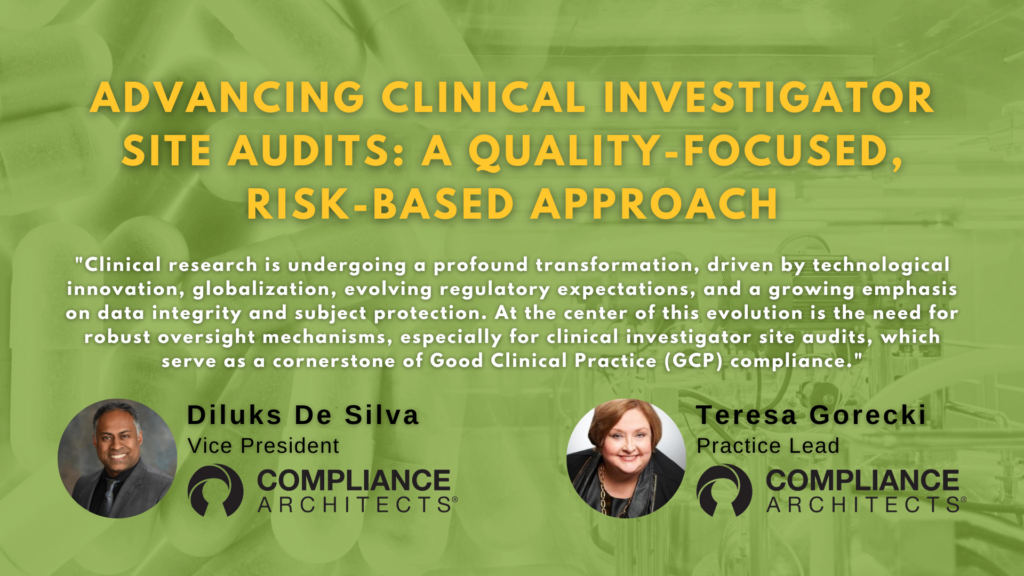I worked for a Chief Quality Officer a number of years ago who always had this response when our company was contemplating movement of a large volume of internal production to third parties:
“You can delegate your responsibilities
but you can never delegate your accountabilities.”
He was a wise man.
I have personally experienced the challenges of maintaining accountability for third party manufacturing in the Bio Pharma, Pharma and Consumer segments. The complexities can be overwhelming.
Table of Contents

Key Documents in Third-Party Relationships
The basis for an effective third-party supply relationship is framed out in two key documents: the Supply Agreement and the Quality Agreement. Typically the Supply Agreement is managed between the Supply Chain teams in both organizations and the Quality Agreements are managed between the Quality teams in both organizations. The Quality Agreements spell out the detailed Responsibilities and Accountabilities of each party as well as when either organization needs to be Consulted or Informed.
The Agreement may also identify which party is the final Decision-maker in specific circumstances. Often I have seen a RACI/RACID document attached to the Quality Agreement delineating the R, A, D for each element of the Quality System as well as when either party needs to be Consulted and/or Informed. Specific time-frames may be specified for certain key QA responsibilities. For example, the QA Agreement may specify a timeframe of not more than 30 days for a Third Party Manufacturer to complete the manufacturing site investigation needed for a quality complaint investigation.
Challenges in Quality Agreement Implementation
It can take weeks or months to complete the Quality Agreements and to obtain the required approval signatures. I have seen more than one ISO Audit Report or Health Authority Audit Report in my 30+ years in industry citing the lack of a Quality Agreement between the company I was working for and a given Third Party Manufacturer. When the audit closed, the team would often come forward stating that the Quality Agreement was “in draft” at the time of the audit. When I would ask follow-on questions as to how long the Quality Agreement had been “in draft”, the timeframe provided was in some cases, months to years.
Managing Change and Compliance
While getting the Quality Agreements signed can be a challenge, the complexity of managing to the Quality Agreements is a much larger challenge.
For example, most Quality Agreements require notification of changes potentially impacting the product produced by the Third Party to be communicated to the company prior to implementation. The reverse scenario is also true. When the company responsible for developing and distributing the product makes changes to specifications or test methods, for example, the company must provide prior notification to the Third Party Manufacturer for implementation of the change.
Management of change — change control— is just one of the many QA Systems that must be executed between the two parties. Other Quality System activities requiring information sharing, approvals, or decision-making include, but are not limited to:
- creation of the Annual Product Review for drug products;
- annual marketed product stability test results reporting;
- test method validation and transfer;
- deviation reports for non-conforming lots/batches;
- CAPA;
- quality complaint investigations; and, for devices,
- design control documentation.
Complexities of Execution
Executing the specifics of a Quality Agreement in a consistent, robust manner is very, very complex.
At worst, most Quality Agreements are approved, filed and never looked at until requested in an audit or until there is a significant quality issue impacting product supply which the companies must work together to resolve.
I have often seen the Quality Agreements implemented through a combination of “human-ware” and low tech software, aka e-mail. Weekly conference calls held with a few company mid-level dedicated Quality staff and tens to hundreds of emails a week may be exchanged across multiple Third Party Manufacturing companies. Any one of these emails might contain important or critical information in one to two sentences.
The opportunity for miscommunication leading to costly errors impacting product supply, patient/consumer product availability at the pharmacy or store shelf, and financial goals is very high. At one time or another, I have observed or personally experienced all of these negative outcomes first hand. Also, beyond the product, patient/consumer, and financial impacts is the lack of trust that builds up over time between the two parties and the individuals trying to collaborate across companies.
At best, I have seen lean, portal-based cloud-based software solutions between the companies that enable exchange of information, workflow approval of various document types, and shared metrics between highly-capable quality staff in each company. In these instances, the business relationship between the company and the Third Party Manufacturer strengthens over time and the goal of having a strategic partner is achieved. The financial and supply chain benefits of having a supply chain that fully leverages both internal and external capabilities is achieved.
Relationships are deepened between the contracting and partner companies. Most importantly, the patient/consumer’s needs are met each and every time they experience the product. “Product Quality” is an outcome and “compliance” is achieved through the creation of a robust, living Quality Agreements implemented through the use of lean, portal-based solutions by highly capable, empowered quality staff.
Contact Us
To learn more about Quality Agreement, fill out the contact form below.





